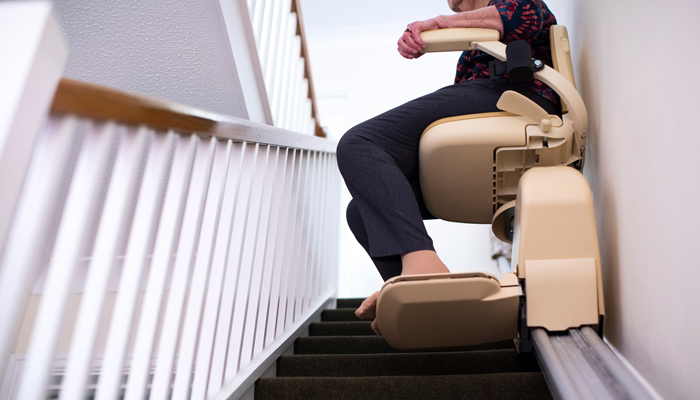Underinsurance: catch this dormant disaster before it erupts
The problem with underinsurance is that it’s a quiet phenomenon. There’s no obvious problem until, all of a sudden, there is – and businesses and their people are left reeling after having lost enormous sums of money in a case of preventable tragedy.
Underinsurance is very prevalent, with half of UK businesses thought to be underinsured.[1] There’s no one clear reason why this percentage is so high, but one thing is clear: most businesses cannot afford their underinsured status.
Inflation and the cost-of-living crisis mean that care homes are already struggling to increase their bottom line and stay afloat. Such businesses may quite literally be unable to survive the consequences of being underinsured.
What is underinsurance, and what makes it so damaging?
In simple terms, if something is underinsured then it’s valued at less than it’s actually worth. On the face of it, this sounds harmless enough, and you may even enjoy the lower premiums associated with it – but underinsurance comes at a steep cost.
That’s because when it comes time to make a claim, the insurer will only pay out a portion of the actual value, leaving you in a potential financial black hole.
What’s more, most UK insurers of commercial property stipulate an average clause in their policies, which limits the amount they have to pay out if it turns out your business was significantly underinsured. This is done proportionate to the value of the underinsurance, i.e., the claim paid out will be reduced by the same percentage you were underinsured.
Underinsurance examples
The following examples demonstrate how an innocent undervaluation can lead to paying a high price.
Partial loss
A portable CD player experienced an electrical fault which resulted in a fire, causing £25,000 in damage to a care home. It turned out that the care home operator was only insured for £10,000 in contents cover, when the loss adjuster calculated the actual value of the contents to be ten times that, at £100,000. What’s more, the claims settlement was reduced by the percentage the care home was underinsured, resulting in the policyholder receiving only £2,500 – just 10% of the total cost of the damage.
Total loss
A care home with a buildings sum insured of £1million suffered a fire which burned the entire home to the ground. The loss adjuster calculated that the real value of the buildings sum insured was actually £2million, meaning that the building was underinsured by half. The average clause in the policy meant that the policyholder received a payout reduction of 50% of the £2 million total loss at just £1 million, meaning they had to fund the remaining £1million of the rebuild works themselves.
Taking action against underinsurance
Don’t wait until your care home has been impacted by underinsurance before you decide to take action. If you’re considering revaluating your business, or are wondering how Towergate could assist you, please call Richard Barnes or email Richard Barnes.
Sources
[1] Half of UK businesses could be underinsured – Aviva | Insurance Times
About the author
Richard Barnes has worked as an insurance broker for over 30 years. Richard spent five years working as a specialist construction broker in Sydney Australia where he gained the Qualified Professional Insurance Broker Qualification.
Since his return to the UK in 2008 he has worked for Towergate exclusively supporting social care providers and has been awarded the Cert. CII qualification. Richard is also part of Towergate’s Cyber steering committee supporting clients with this emerging risk.
Consistent with our policy when giving comment and advice on a non-specific basis, we cannot assume legal responsibility for the accuracy of any particular statement. In the case of specific problems we recommend that professional advice be sought.












